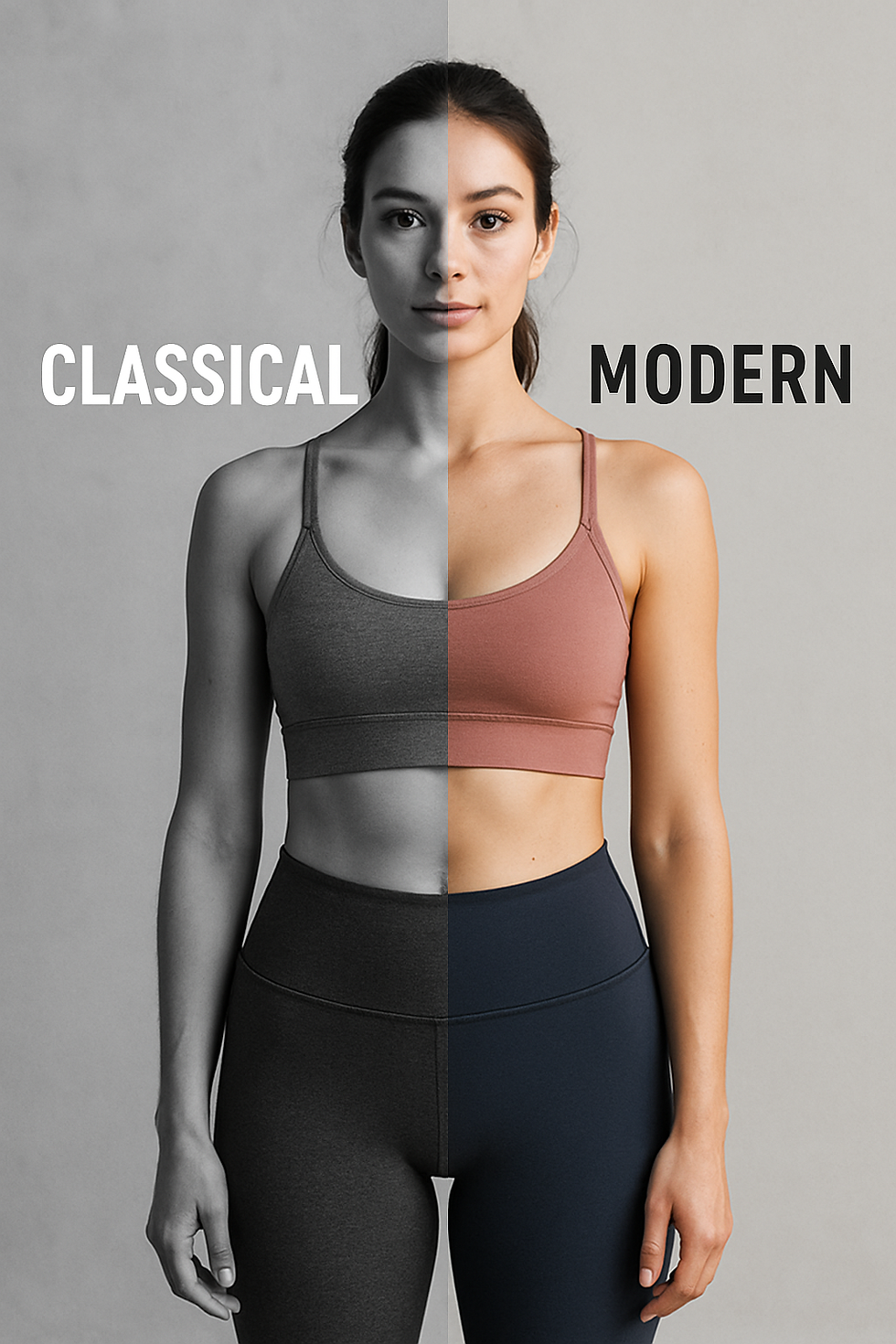Pilates Soulful Sunday: Tradition With Heart, Evolution With Care
- Michael King

- Aug 17
- 3 min read

Some things never change. Breath matters. Precision matters. The relationship between mind and body matters. Yet everything changes. Bodies change. Lifestyles change. Knowledge changes. That is the tension we live with as Pilates teachers. It is also the opportunity.
There is a lot of talk about classical Pilates. Claims that a class is exactly what Joseph Pilates did. It is an interesting claim when most people making it never met him and never took his class. At best we are two or three generations removed. Oral traditions are valuable but they are still traditions, shaped by memory and by the needs of each era.
Here is my view. Knowing the traditional work is part of your education. It gives you a shared language, a lineage, and a standard to measure against. It also gives you a baseline for creative problem solving. Mr Pilates himself evolved. He experimented. He built tools when a client needed something new. Foot correctors. Wrist correctors. Breath devices. Apparatus refined over time. He did not wake up one morning and write the Hundred on a stone tablet. He watched bodies, tried things, kept what worked, moved on from what did not.
Our colleagues in yoga have walked a similar path. There are deep, traditional practices and there is a modern wave that engages with research. The study of fascia has opened many eyes. Holding a shape can influence tissues and even inflammation in ways that surprised researchers. The point is not to argue that new is always better. The point is that learning never stops. When we know more we can serve better.
We also have different bodies in front of us today. Your grandparents lived differently. More daily movement. Less sitting. Fewer screens. Different footwear. Different stressors. We cannot pretend that the same choices will always fit the same way. Traditional choreography is a resource. It is not a cage.
So where does that leave us as Pilates teachers ?
First, be bilingual. Speak classical and contemporary. Know the original choreography and its intent. Also know how to adapt for pain, posture, pregnancy, performance, age, and ability. A good teacher can teach the method to the person in front of them. That is not dilution. That is skill.
Second, keep the principles alive. Concentration. Control. Centre. Precision. Flow. Breath. These are timeless. Apply them to every choice. If you change a range or a spring or a prop, do it to express a principle more clearly for that body. Explain your why. Clients deserve to understand the purpose behind the movement.
Third, use research as a guide, not a master. Read widely. Learn from fascia studies. Learn from strength and conditioning. Learn from pain science. Then pass that learning through the lens of the method. Ask what helps your client move with more ease, more strength, and more awareness.
Fourth, honour the past by doing what Joseph did most. Innovate with integrity. If the man could design a new tool for a new problem, we can certainly refine a cue or adjust a set up to meet a modern need. Fidelity to intent is more important than blind replication of form.
Fifth, keep your compassion sharp. Some clients want the classic feel. Give it to them with care. Some clients need a modified path. Give it to them without apology. Meet them where they are and lead them somewhere better.
A gentle challenge for this Soulful Sunday. Teach one session this week that is strictly traditional. Teach another that is unapologetically adapted to a specific client need. Afterwards, write down what was gained and what was lost in each. Notice where the principles shone brightest. Notice where your cueing changed. Notice what your client felt and learned.
Organisations speak about defending the integrity of the method. Integrity matters. The method deserves respect. But integrity is not the same as immobility. If Joseph Pilates had lived through our era of imaging, biomechanics, and clinical insight, would he have frozen his work or refined it He showed us his answer by how he lived. He kept building.
My thought for today. Hold the tradition with both hands. Let it anchor you. Then let your curiosity and your care for the person in front of you guide the next step. That balance is where the method breathes. That is where Pilates stays alive.




Comments